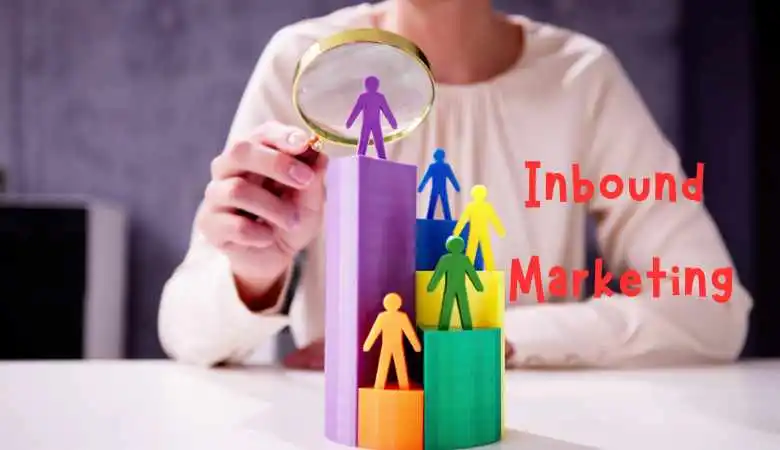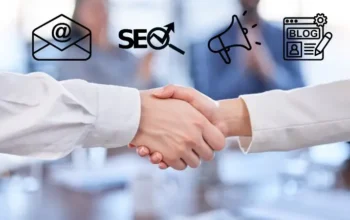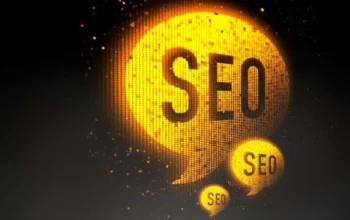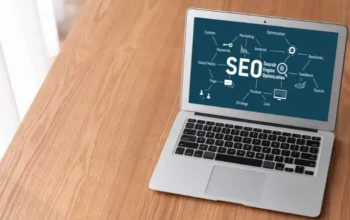We are more than used to it, almost blended in with the online world and online advertising!; SEM, display, inbound marketing, etc. We know many of them, but…do we know what Inbound Marketing consists of?
Inbound marketing uses different nonintrusive digital techniques (RRSS, SEO, lead generation, etc.) to provide value to the client. The user takes the initiative to visit the brand; he establishes the first contact.
These are the eight primary keys of Inbound Marketing.
Creative content
It is important to create content that attracts our target audience. We have to include relevant information about customers’ doubts. These contents don’t have to be just text; we have to look for creative techniques to reach our customers.
Personification
From the moment clients interact with the brand, they go through different stages. We get to know the client better as they go through the stages. Therefore, we must offer you a different and more personalized marketing action at each stage.
Diffusion
We use social networks as a primary dissemination tool and to create Inbound Marketing. We have direct contact with our target audience, regardless of their phase. Additionally, clients can spread our content and give their opinions and recommendations.
Measurement
As in any marketing strategy, once a campaign has been carried out, it must be analyzed to see if it has worked. In this case, analyzing and understanding the metrics will be to increase conversions on our website.
Attraction
In this first stage, we examine our website, blog, or other digital medium and choose our web porter for the competition. We will achieve this depending on the available content to the user. The most used tools to increase web traffic are SEO and RRSS.
Convert leads
The objective in this phase is to obtain a lead, that is, for the user to provide us with their information. We have requested information through a questionnaire. We have to consider what type of information is most relevant to request (requesting more information will not result in better results since it is only helpful if we know how to analyze or use it). The most used elements for this action are CTA (call to action), forms, and chatbots.
Make the sale
We already have the user’s data, and since the user made the first contact with us, the next stage is to close the conversion to a client; in other words, they buy our products or services.
Loyalty
We have already made the user our client, but the process continues. In this last stage, the client must count on us more and not go to the competition. The time has come for post-purchase service, showing that the customer matters to us, feedback on satisfaction, loyalty rewards, etc.




